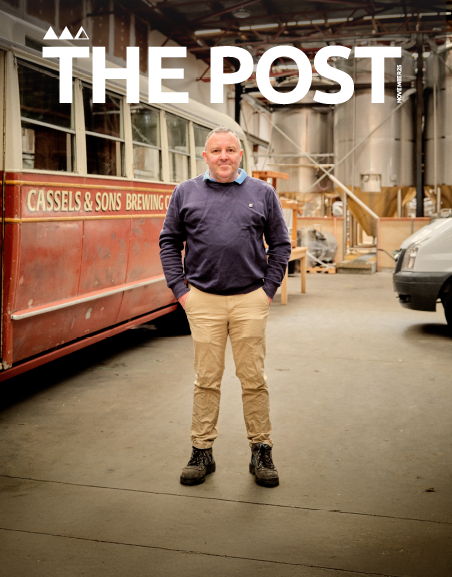Goldpine
Peter Barrett: Attainable, Profitable and Sustainable
Linnburn Station and Symbiosis Agriculture Ltd

In the heart of Maniototo, halfway between Dunedin and Wanaka, we met up with the family representative of Linnburn Station, Peter Barrett. On our visit, we got to learn more about regenerative agriculture, healthy soil and how to be more cost-effective on-farm.
Linnburn Station is a 9,300-hectare beef and sheep farm located in Paerau, Central Otago, housing a winter carrying capacity of 20,000-25,000 stock units, which equates to just under 1,000 ewes and 700 Angus cattle.
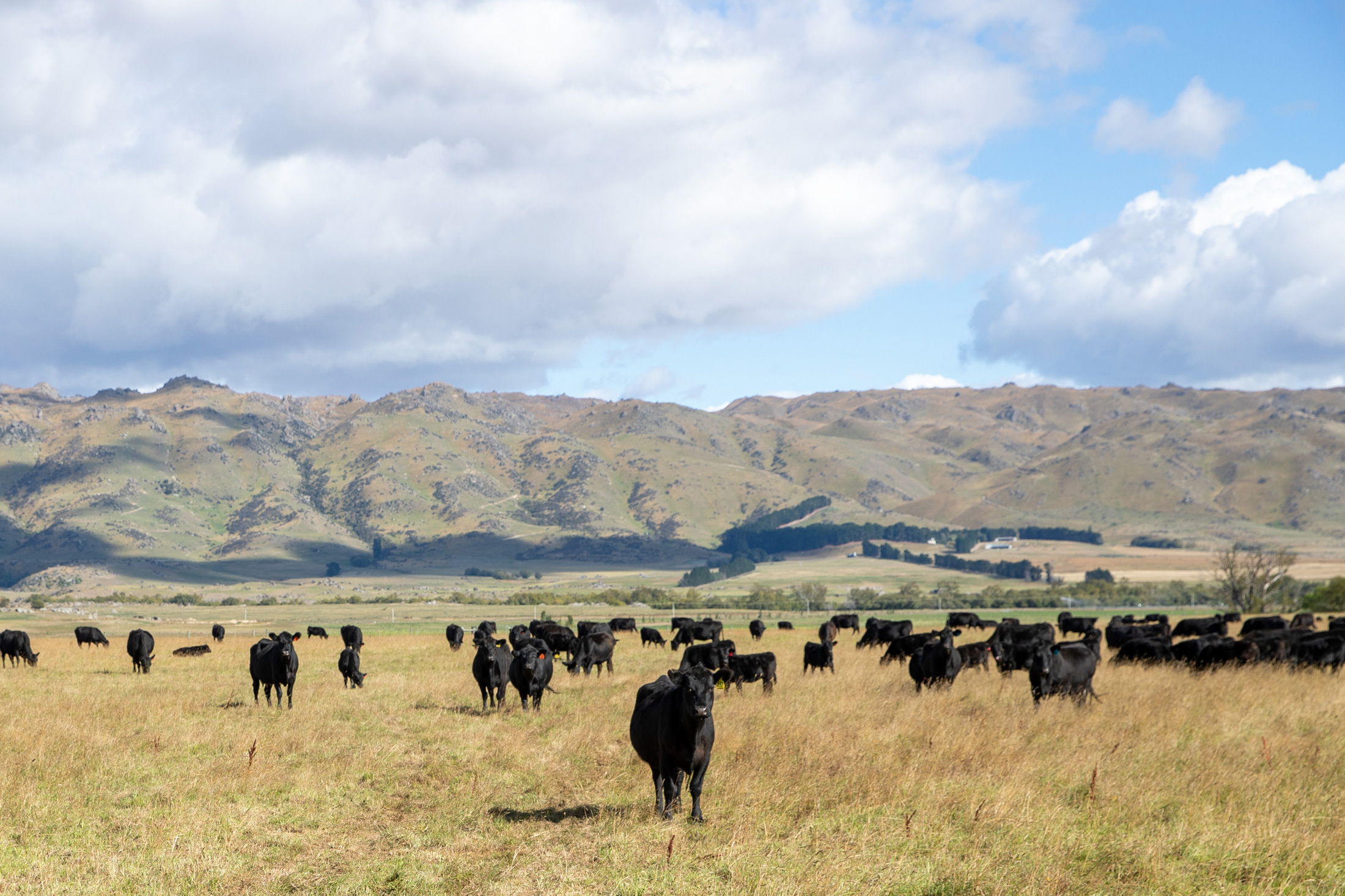
The number of workers on the farm mostly depends on the season. Usually, they have around four to five workers during winter and up to 10 workers in the summer. At Linnburn Station, they have a range of different jobs including shepherds, tractor drivers, farm managers, seed mixers, and those helping with other farm or restoration projects.
HISTORY OF LINNBURN STATION
In 1934, Peter’s grandfather bought the property next door before purchasing Linnburn station in 1944, and it has been in the Barrett family ever since. Before managing the farm, Peter worked in investment banking overseas in America while still running the financials for Linnburn Station. He also started a campervan business in New Zealand and took it back to America (did he take the business back, or the campervan?). After two years of roaming around the big cities of New York, Los Angeles, Vegas and Miami, he returned to Linnburn Station in 2012.
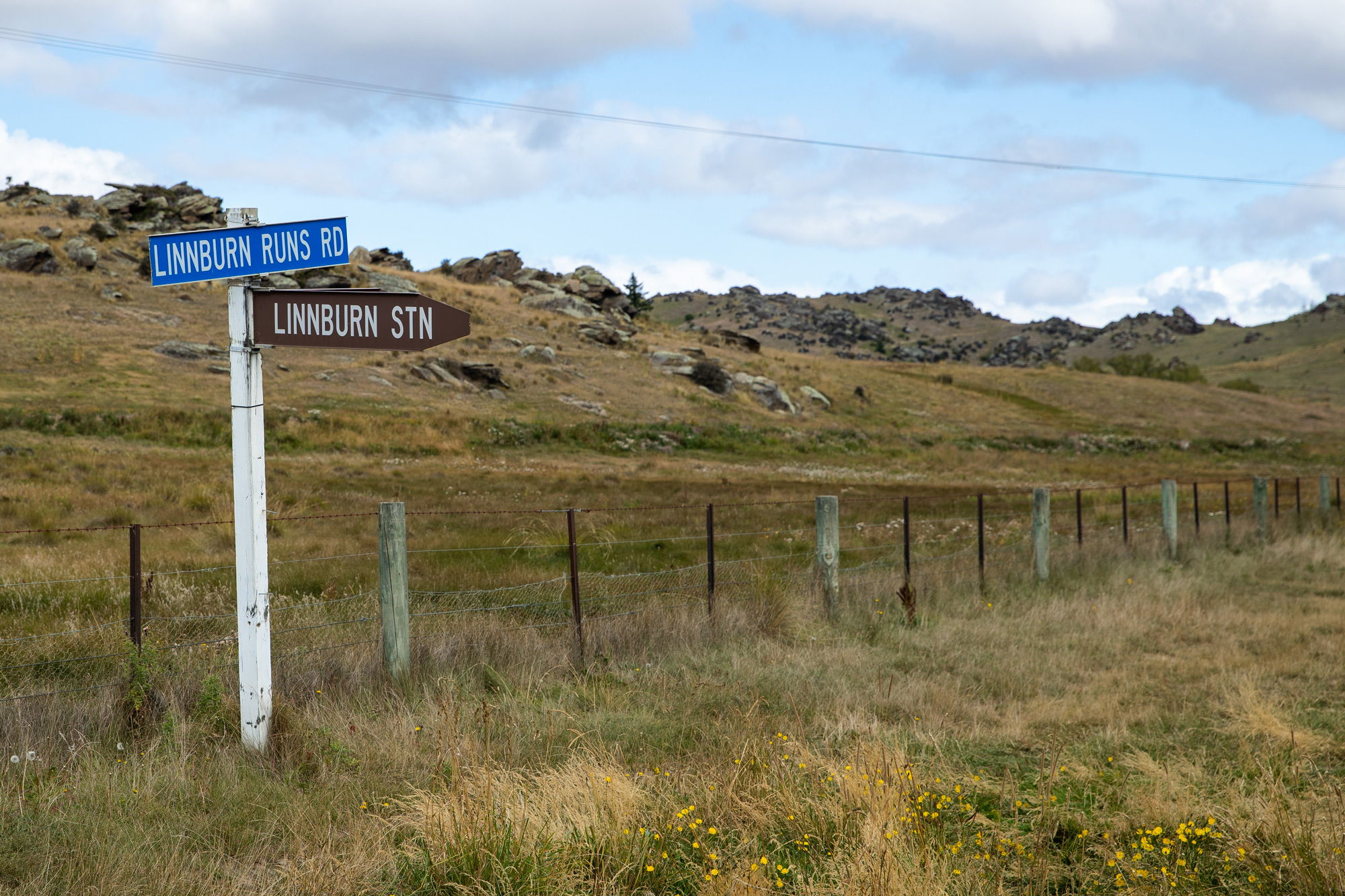
As a child, Peter had fond memories of running around the paddocks and helping his grandfather out on the farm, but he didn’t know anything about farm management. The manager of the farm at the time let Peter shadow him, and he ended up being educated about conventional agricultural practices. Along the way, Peter realised that some of the methods that they were executing didn’t seem to be as successful and cost-effective. In 2012-2013 they prepared the ground to be seeded. Peter said that the majority of their money went on fertiliser and preparing the ground, while only 10% of those costs went on seeds. They did everything by the book: cultivated the soil, added fertiliser, put the seeds in, but the moisture never turned up. They were spending a lot of money and not getting the results they wanted.
The biggest limitation at Linnburn station is how dry the climate is. Sometimes they would go seven months with no rain. “We can get 170 millilitres in a year, so that’s a very, very dry environment,” Peter said. “So, with that, you've got to think differently.”
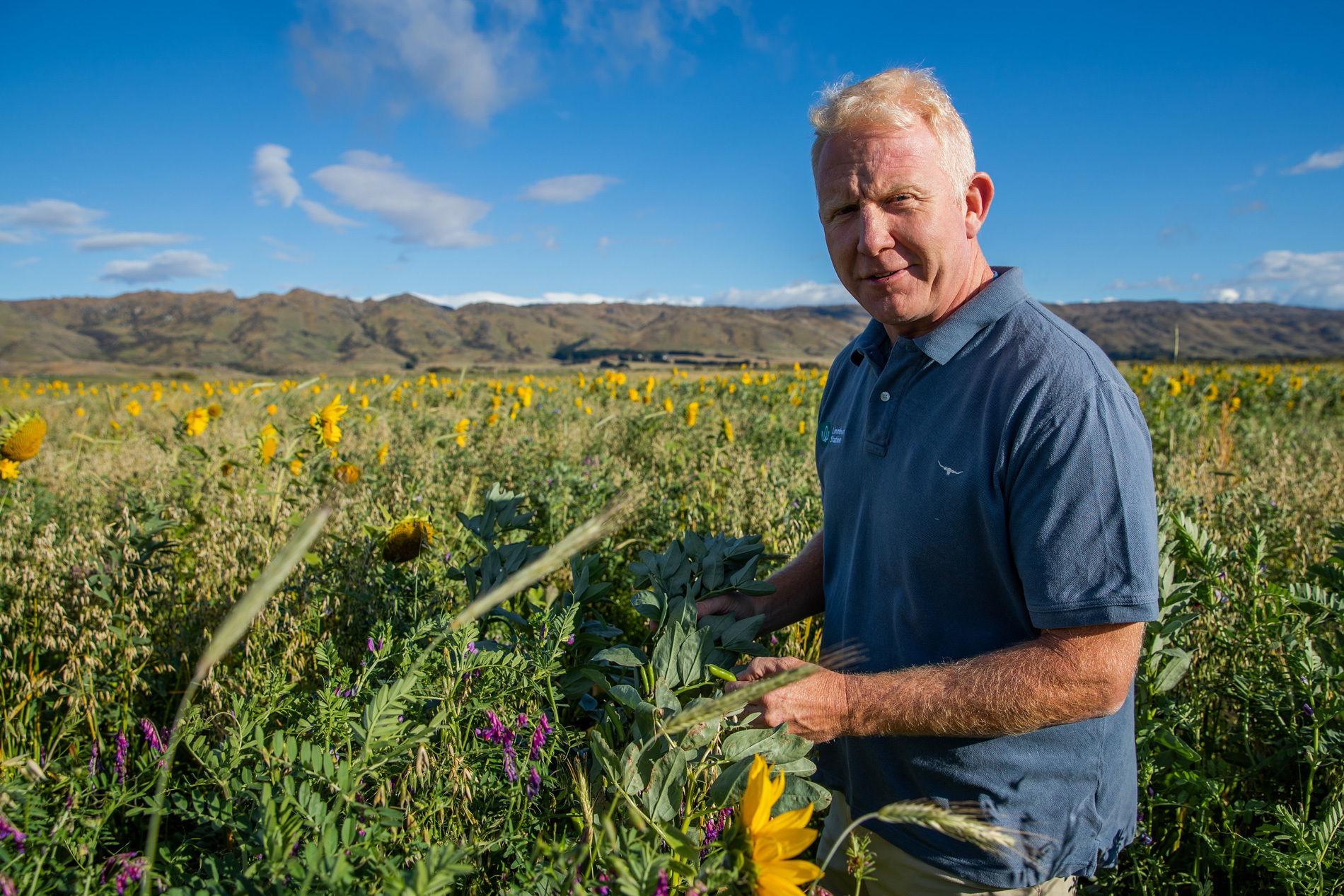
A MINDSET CHANGE
Peter knew that the conventional way of farming wasn’t working for them. Moisture was the key objective, and they weren’t getting the results from synthetic fertilisers. Peter began searching the internet and learnt about cover cropping. Cover crops put simply are plants that cover the soil, protecting and enriching the soil with nutrients and organic matter. Peter found it hard to find cover crop seeds in New Zealand. This was one of the reasons why Peter Barrett, along with Jono Frew started Symbiosis Agriculture Ltd, to be able to provide these diverse seed mixes to individuals in New Zealand at a competitive price.
One of Peter’s inspirations is Gabe Brown, who is one of the key leaders in regenerative farming. Gabe spoke to Peter and told him not to rely on synthetic fertiliser, but instead to input diverse seeds in the ground. This is the pivotal moments that changed Peter’s mindset and from then on, he has never looked back.
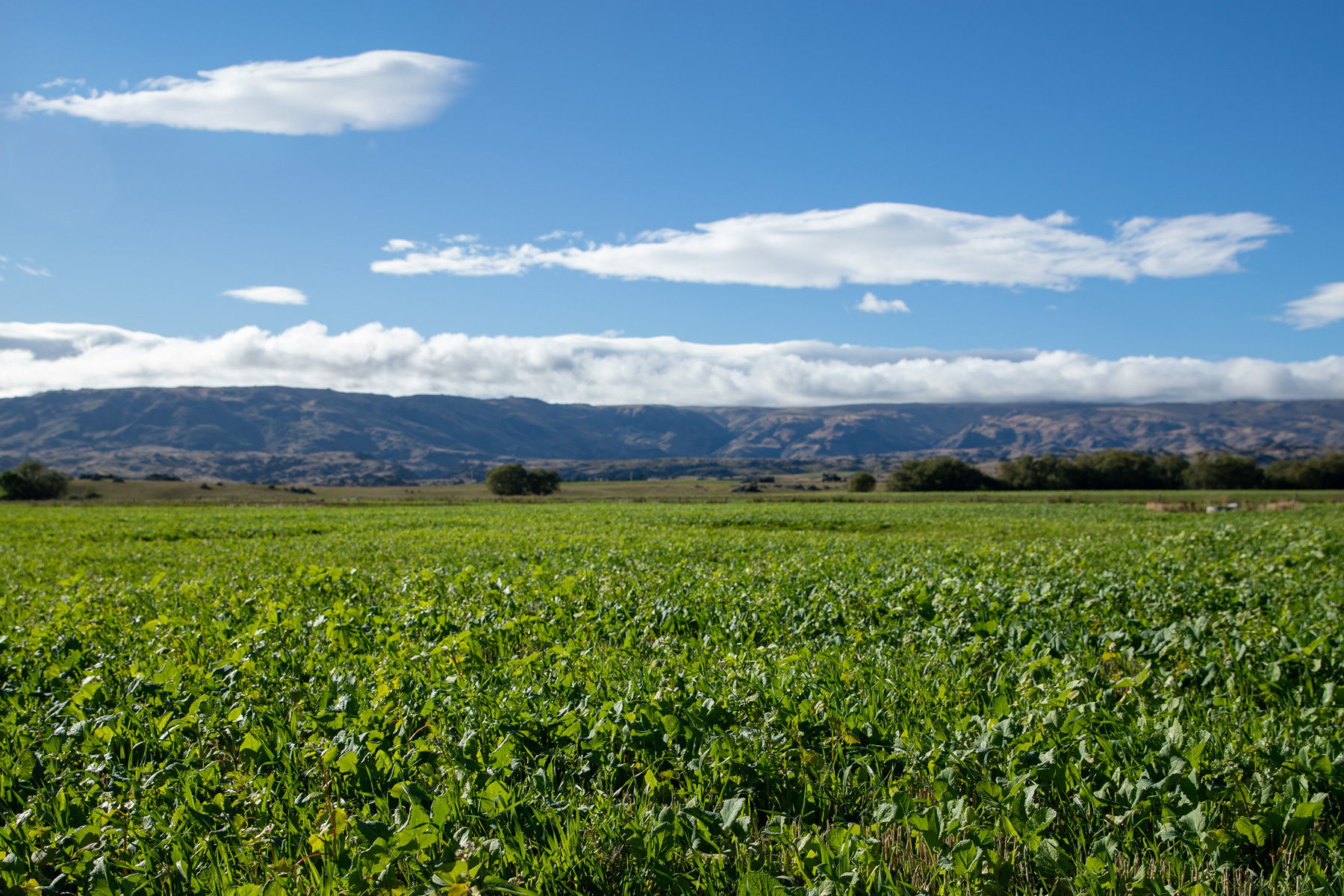
Peter talked about the value of photosynthesis, where plants use light energy from the sun, capturing carbon dioxide and water from the atmosphere and converting it into glucose (sugar). This feeds the plants and helps them thrive, which then releases oxygen into the atmosphere.
“Carbon is essentially the underground currency. Microbes and plants are trading carbon to be able to do their thing,” Peter said. “If you have a drug overdose and you went to the hospital, they use carbon to cleanse you. If you have poor water, they use carbon filters to cleanse the water. If we can get more nutrients and more carbon in our soil, then we can hold onto more minerals and water. So that makes us more drought resilient.”
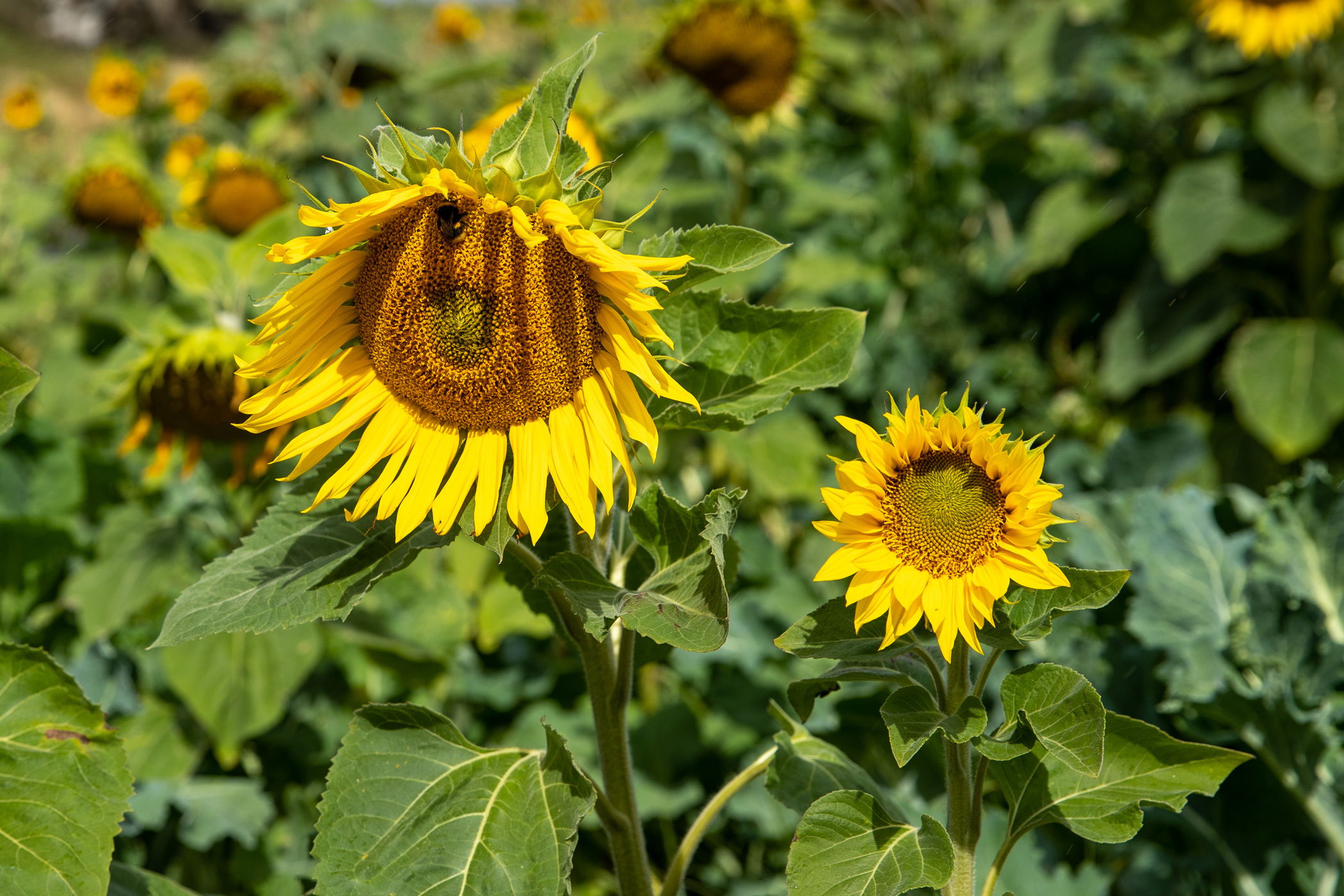
Peter showed us the diversity of plants: annuals and perennials. The importance of an annual setup mix is providing 20 to 30 different plant species to get air and water into the soil profile. Each plant provides different minerals and benefits, so by mixing a range of different plant species, it’ll help with moisture retention, carbon storage, nitrogen-fixing and more.
MAKING YOUR MONEY GO FURTHER
When Peter started with a regenerative outlook, it wasn’t the focus first and foremost. It was essentially farming more cost-effectively. “The whole reason why we got into this sort of thing wasn't about soil health. It wasn't about this thing that’s called regenerative farming. When we started, it was simply about how can we make a dollar go further,” Peter said.
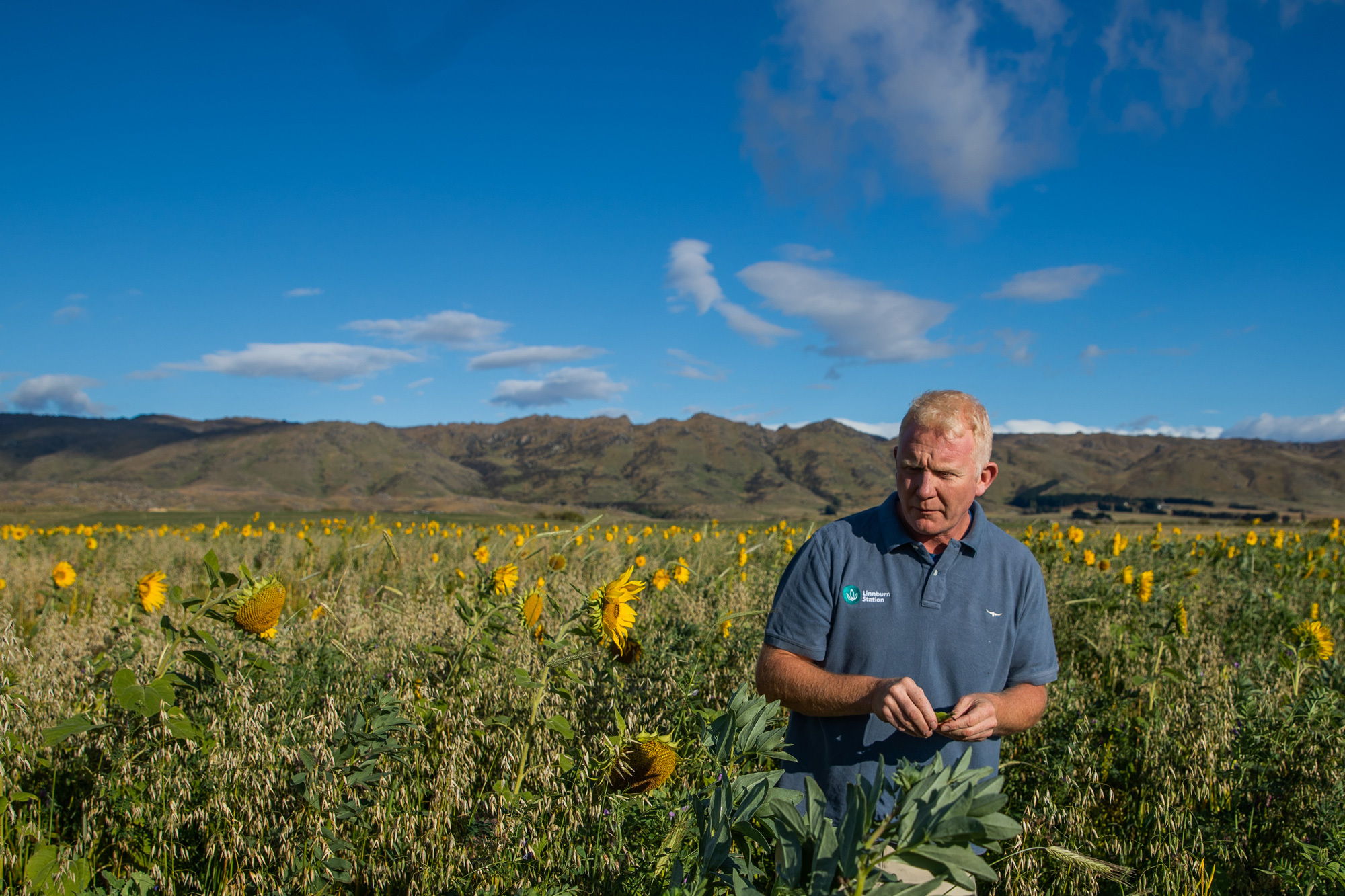
“There is no difference between conventional farming and regenerative farming, everything you can do conventionally you can do regeneratively. But all you are is more mindful of the impacts of your actions on the soil biology, whether it's helping you long term or not.”
Peter’s outlook is that if you can save yourself money while getting your crops to grow, then you will become more resilient as a business. When you change your mindset and make decisions in conjunction with nature, then you’re going to have more resilience over time. “If I want to bring the land into pasture, then I can do it for about a third of the cost of what I could do conventionally. That's the message I'd like to get out to people. It's not about being a tree hugger, it's not about being green, it's actually about how can you save money,” Peter said.
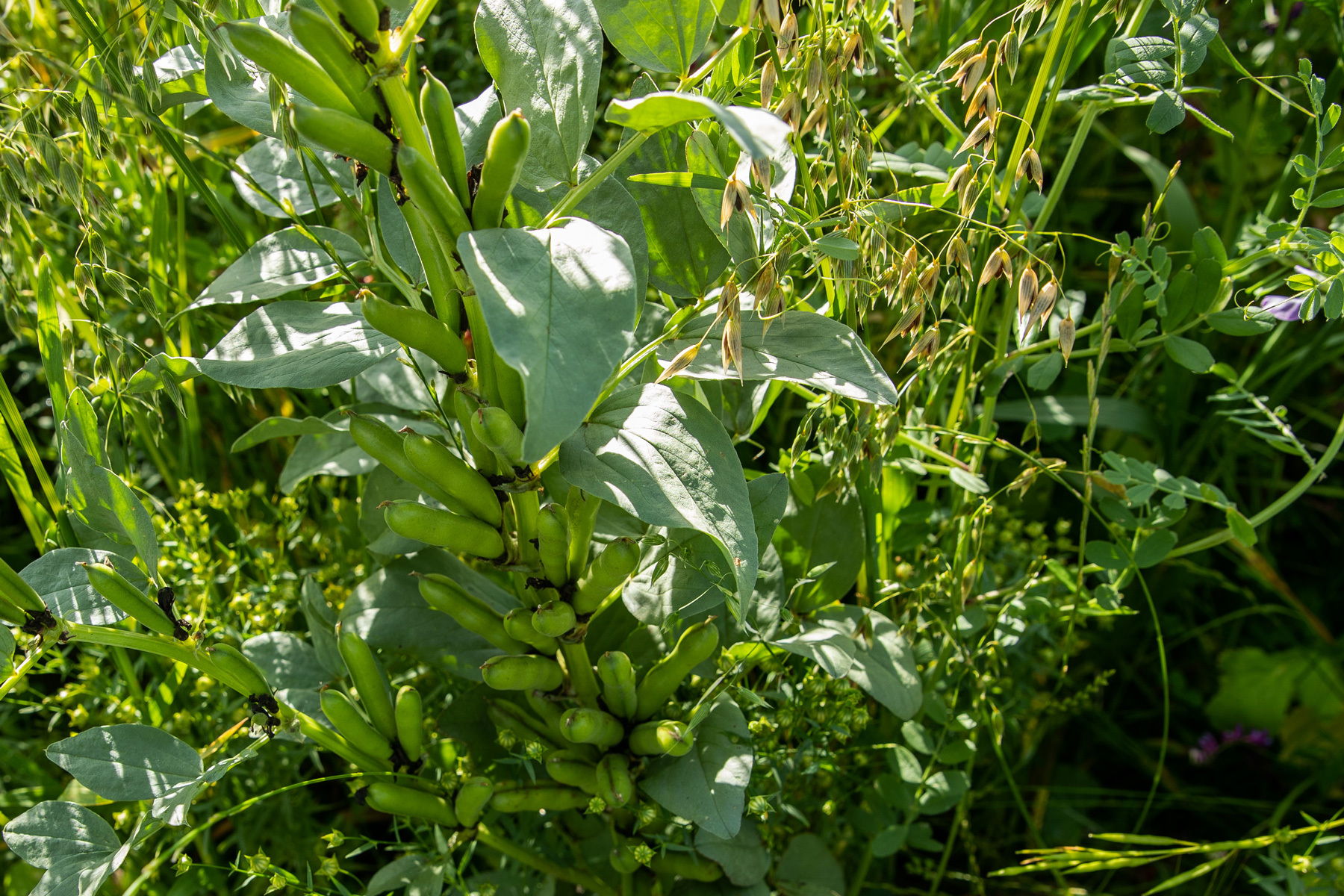
“I use the analogy sometimes, you don't get fit by doing one run. You have got to do multiple runs, you’ve got to breathe and almost train the muscle to be able to get the oxygen and so we're going to train the soil to build the life to be able to function long term.”
The best part about regenerative agriculture and planting diverse crops is simple. You don’t have to understand everything. Peter said that you just have to come in with an open mindset and a willingness to give it a go.
“If you think it's going to fail, it's going to fail. You've got to come with the right mindset.”
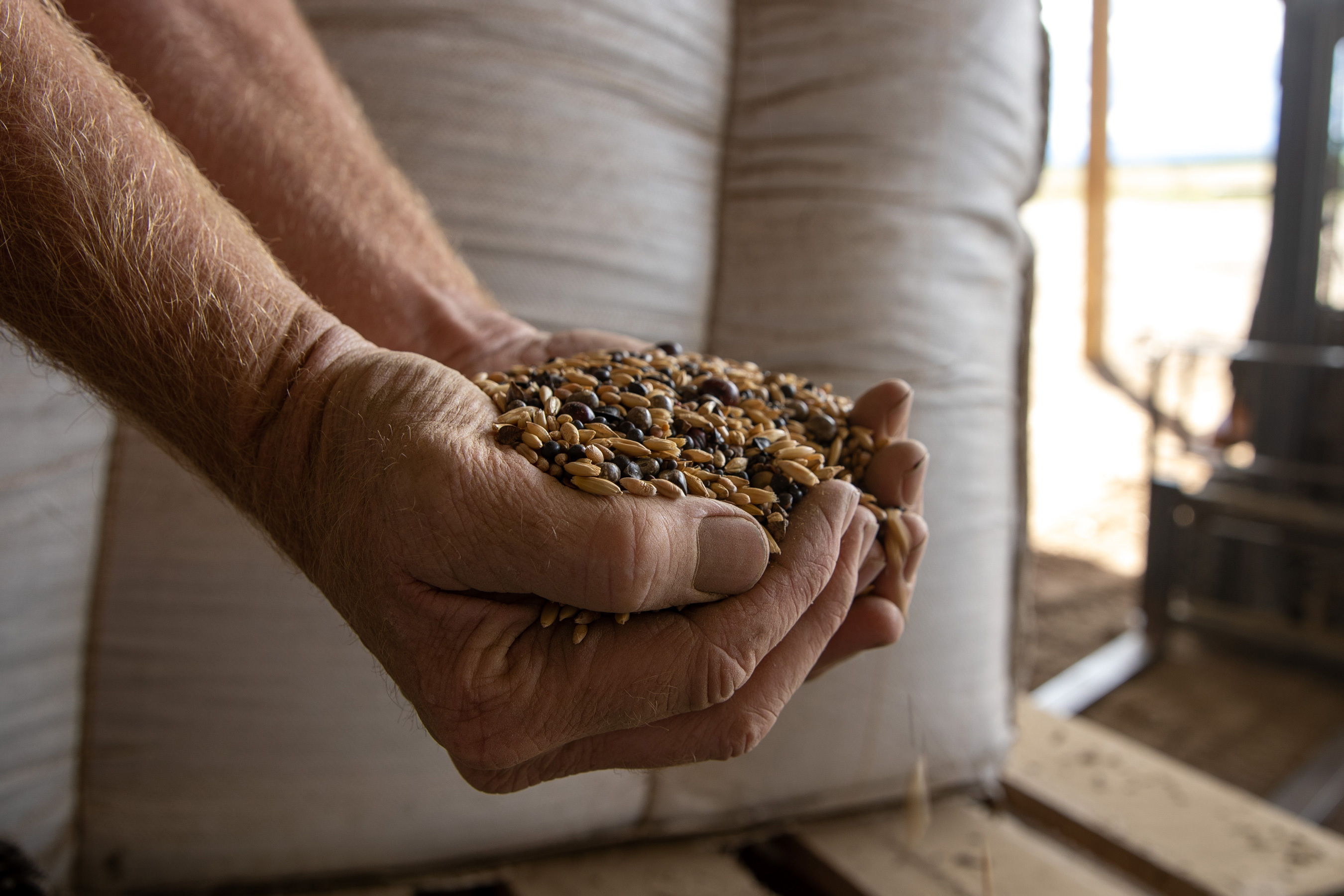
Peter’s advice would be to get a good diverse seed mix of around 20 different plant species – depending on what you’re after - then plant that seed. Once the plants begin to grow, you can then study and learn about them and their benefits to the soil profile.
ANIMALS ARE THE KEY COMPONENT
One of the contributing factors in providing an effective farm environment is animals. Peter mentioned that the process of rotational grazing is critical. “When animals go through fields and trample the soil, they create a mulch, then that biology starts to consume that mulch. The animals are activating biology and the nutrient cycle.”

When an animal comes along and bites a plant, it then begins to photosynthesize more and repair itself as quickly as it can. Peter puts it like this, “when we, as humans hurt our arm, all of a sudden our body focuses on repairing itself. And that's what the plants are doing as well. It's taking the energy from the sun to try and repair itself as quickly as it can. And it's pumping more carbon in the ground.”
“Animals are the key component, when used correctly, to be able to make environments healthy,” Peter said.
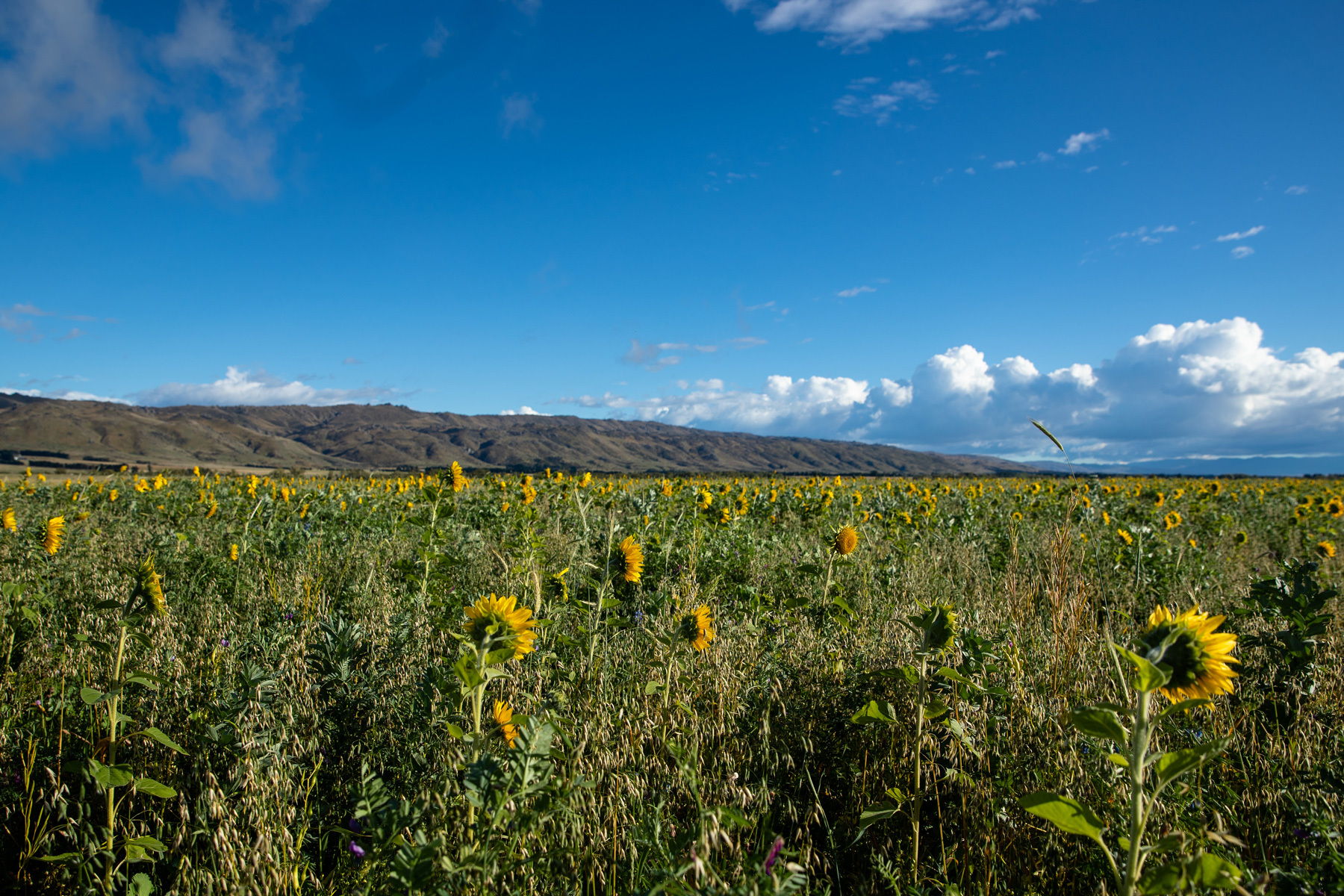
WHAT’S NEXT FOR LINNBURN STATION?
Peter wants to continue improving their on-farm infrastructure at Linnburn Station. He also wants to introduce Silvopasture, which is about integrating trees and pasture with livestock. This is beneficial to the environment as trees take up nutrients and then give it back to plants and vice versa. Silvopasture also creates shelter, in warmer conditions, which can protect animals and pastures.
When talking to Peter about the future of New Zealand farming, he hopes that we move away from using so many synthetic products. One important thing Peter wanted to convey was that we have the opportunity to add value when it comes to our New Zealand produce. If we are farming more sustainably, people will want to pay a more premium price for the product. “I just think if we can start to use natural cycles a little bit more, we can go quite a long way to making healthier food that I think, in the end, is going to end up with New Zealand being a healthier country,” Peter said.


.jpg)
